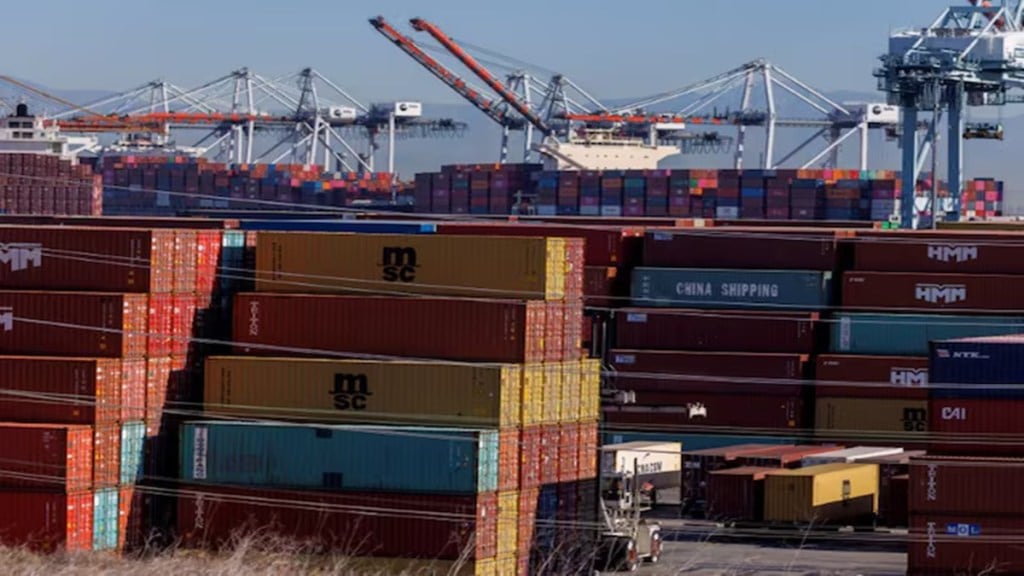India’s engineering exports to the US are projected to decline by $7.5–$8 billion as the entire product basket in the sector now faces 50% tariffs, creating an urgent need for government support.“The business is down 50%. After frontloading of exports before the full tariff impact came into effect, the new orders are not coming,” said Pankaj Chadha, chairman, Engineering Export Promotion Council (EEPC).In 2024–25, engineering exports to the US stood at $20 billion.
Of this, $5 billion comprised steel, aluminium and related products, $2.6 billion came from auto sector exports, while the remaining $12.5 billion was made up of other engineering goods. The sector is India’s most important contributor to merchandise exports, accounting for more than a quarter of the total.
Exports of steel and aluminium products are expected to shrink by around 20%, while auto sector exports are likely to fall by $0.5 billion. These declines are relatively modest since global competitors face the same tariff levels.
Disproportionate impact on “Other” engineering goods
The real challenge lies in the $12.5 billion worth of other engineering goods, which are projected to suffer a 50% drop in sales. With US tariffs on Indian goods at 50%, compared with around 20% for competitors, buyers are expected to increasingly shift to Vietnam, Indonesia, and the European Union. Industry representatives have been urging the government at multiple forums to roll out a mix of measures to help offset the heavy export losses.
Ahead of the July tariff deadline—when baseline tariffs were still at 10%—exporters pushed as many shipments to the US as possible. As a result, India’s overall engineering exports grew 6.08% year-on-year to $39.34 billion in April–July. Exports to the US surged 12.6% to $6.95 billion during the same period, with July alone witnessing a 19.2% jump to $1.81 billion.
Within this, industrial machinery was the largest export to the US, growing 17% to $1.57 billion in April–July. Iron and steel products rose 12% to $1.05 billion, electrical machinery and components climbed 19% to $1.06 billion, and non-ferrous metal exports surged 27% to $605 million. Auto component exports, however, slipped 1% to $781 million.
Government’s response and future strategy
To mitigate the crisis, the government is focusing on market diversification and is preparing a comprehensive package under the Export Promotion Mission (EPM). “The mission, which was announced much before the tariff action by US President Donald Trump, will be presented to the cabinet for approval soon,” commerce and industry minister Piyush Goyal said Thursday.

